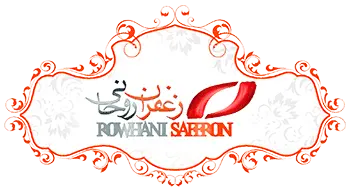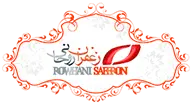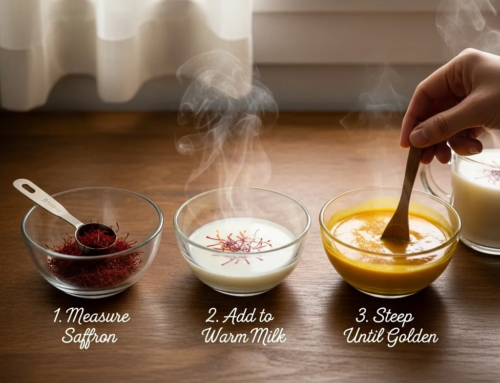 Saffron Cultivation and Production Challenges in North Khorasan
Saffron Cultivation and Production Challenges in North Khorasan
Saffron Cultivation Challenges : According to predictions, North Khorasan is set to produce 29 tons of saffron flowers this year. This province currently has 14,900 hectares under saffron cultivation, with Farooj county being the leading producer. The manual harvesting process and lack of sufficient labor remain significant challenges in saffron production. However, plans to establish a dedicated saffron flower marketplace in Farooj aim to streamline the process and ensure farmers receive fair market prices.
Expert Analysis on Saffron Cultivation
Dr. Asgharzadeh from Shirvan Azad University highlights that improper selection of saffron bulbs is a key factor behind lower yields. To enhance production, it’s essential to use disinfected, healthy bulbs weighing at least eight grams and to avoid planting delays that could damage the sprouts. Furthermore, timely irrigation and adherence to cultivation density—ideally 25 kg per hectare—are crucial.
The Strategic Importance of Iranian Saffron
Saffron, deeply rooted in Iranian history, faces challenges in its global market presence. According to MP Hadi Mohammadi, the product is often rebranded as Spanish saffron due to weak regulatory oversight. Smuggling and the dominance of middlemen exacerbate these issues, leaving farmers with lower profits. Proposals to improve saffron trade management and establish fair pricing mechanisms could bolster Iran’s position in the international market.
Boosting Saffron’s Role in Exports
Iran’s saffron export potential is immense, with proper management mitigating smuggling and ensuring competitive global sales. Farmers and policymakers must collaborate to resolve price instability and promote this valuable agricultural asset. Given its pharmaceutical and cultural significance, saffron’s future in both local and international markets is bright with effective strategies.
Conclusion
Addressing production hurdles such as manual harvesting, irregular bulb selection, and inefficient irrigation could significantly elevate saffron yield in North Khorasan and beyond. Simultaneously, regulating exports and eliminating middlemen would position Iranian saffron as a premium product worldwide.
Saffron Cultivation, Iranian Saffron, Saffron in North Khorasan, Saffron Export, Saffron Industry Challenges, Saffron Yield, Saffron Flower Market







Get Social